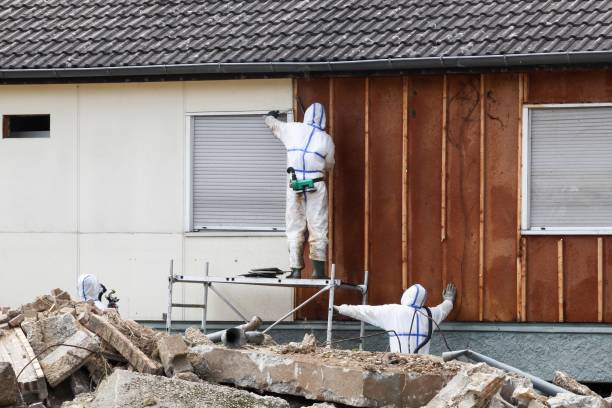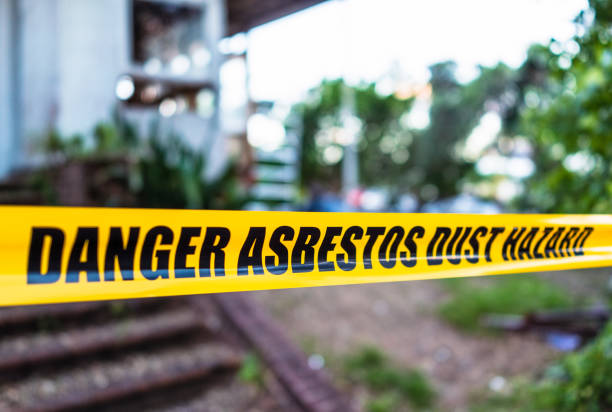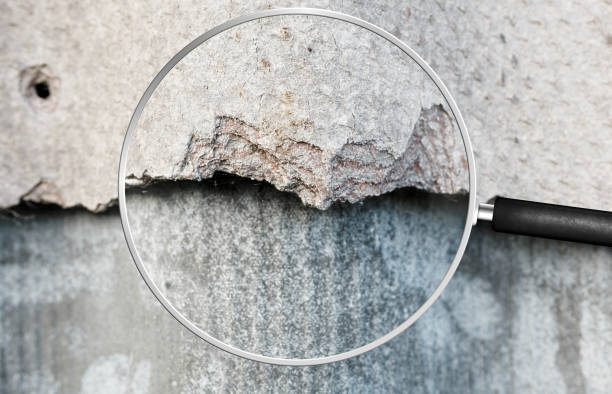Comprehensive Insight into Asbestos: Beyond the Basics
Introduction: Deciphering a Hazardous Material and Its Global Impact
What Is Asbestos? Unveiling Its Complex Identity
‘What is asbestos?’ This question introduces a complex topic involving mineral fibers that are naturally occurring and have been used extensively due to their durability, heat resistance, and insulating properties. These fibers, embedded in the annals of construction, manufacturing, and various industries, offer significant benefits such as fire resistance and structural reinforcement. However, the narrative takes a stark turn when considering the grave health risks posed by asbestos exposure—lung cancer, mesothelioma, and asbestosis—prompting rigorous global regulations and a reevaluation of its utilization. The need for an “Asbestos Removal Checklist” becomes evident in addressing these risks, especially in older constructions known for “Old home dangers.”
The Material’s Dichotomy: A Substance of Contrasts
“What is asbestos?”, This material presents a profound dichotomy: invaluable for its physical properties yet deeply perilous due to its health implications. This contrast has significantly shaped its regulatory landscape, industrial use, and public perception, underscoring the ongoing challenge of balancing potential utility with safety.
- Deciphering this material: Mineral fibers, widespread use, significant health risks.
- Asbestos Dichotomy: Valuable properties versus severe health implications.
- Asbestos Varieties: Six primary types, diverse applications, distinct characteristics.
- Lesser-Known Types: Rare but equally hazardous to health.
- Historical Context: Ancient use, modern regulations, and paradigm shifts.
- Public Health Victory: Recognition, regulation, and decline of asbestos use.
- Health Risks Detail: Mesothelioma, lung cancer, asbestosis from exposure.
- Prevention and Treatment: Strategies, education, and insurance coverage importance.
- Asbestos Removal Checklist: Safety, compliance, and proper procedures guide.
- Future Challenges: Ongoing research, advocacy, and global collaboration.
Delving Deeper into the Material’s Varieties
The Spectrum of Types
When contemplating “What is asbestos?” It’s crucial to acknowledge the diversity within this material’s family. Six primary types exist, each possessing unique attributes that dictated their applications. Chrysotile, or white asbestos, was especially dominant due to its use in construction materials. Understanding these varieties is essential for those involved in removal or abatement processes, as outlined in an “Asbestos Training Guide“.
Understanding the Lesser-Known Types
Beyond the primary types, there exist lesser-known varieties that, despite their infrequent use, underscore the universal health hazards presented by all forms of this material. This broad classification enhances our comprehension of the risks and necessitates comprehensive management strategies, including a rigorous “Asbestos Removal Checklist” to ensure safe procedures.
Through the Ages: Historical Context and Modern Realities
From Antiquity to Modern Regulations
Delving deeper into “what is asbestos?” topic reveals its historical significance, spanning from ancient times to contemporary regulation shifts. Its attributes made it a cornerstone in various applications, from construction to automotive manufacturing. However, the recognition of its detrimental health effects has dramatically curtailed its use, instigating a paradigm shift towards stringent control and phased-out applications in many regions worldwide, highlighting the “Old home dangers” associated with it.
The Decline: A Public Health Victory
This material’s history includes a critical turning point: the acknowledgment and action against its health dangers. This shift underscores a significant public health victory, illustrating the power of scientific evidence in influencing policy. It also underscores the importance of “Asbestos Removal Insurance Coverage” to mitigate financial risks involved in abatement projects.
Examining the Health Risks of Exposure in Detail
The Dire Consequences of Asbestos Exposure
A deeper investigation into everything about what is asbestos? necessitates a focus on the specific health risks associated with exposure. The insidious nature of diseases like aggressive cancer mesothelioma, lung cancer, and the chronic condition asbestosis highlights the critical need for awareness, preventive measures, and early detection. The establishment of an “Asbestos Training Guide’” is pivotal in educating workers on safe removal practices and personal protection.
Strategies for Prevention and Treatment
Understanding this issue means recognizing the importance of preventive strategies, advancements in medical treatment, and the pivotal role of education in mitigating exposure risks. These elements are fundamental in addressing the public health challenge, further necessitating “Asbestos Removal Insurance Coverage” for professionals engaged in removal services.
Removal Checklist: A Guide for Safe Abatement
Preparing for Removal
Before embarking on removal, a comprehensive checklist ensures safety and regulatory compliance. This includes identifying the type of material present, engaging a certified specialist, and securing necessary permits. It’s a crucial tool for mitigating risks in older homes and ensuring the safety of both the removal team and the home’s occupants.
Critical Steps in the Removal Process
The checklist emphasizes proper containment and air filtration systems, strict adherence to safety protocols, including personal protective equipment (PPE), and the proper disposal of materials in accordance with environmental standards. Additionally, “Asbestos Removal Insurance Coverage” is highlighted as a vital component to protect against potential liabilities.
Conclusion: Charting the Future in the Fight Against Asbestos
Safe and Responsible Removal: Partnering with the Experts

.
Reflecting on the Journey
This material’s story encapsulates a narrative of transformation—from widespread use to a heightened awareness of its dangers and decisive action. This journey exemplifies the dynamic interplay between industrial development, public health advocacy, and regulatory evolution.
The Imperative for Ongoing Efforts
Looking forward, this issue emphasizes the need for continuous research, innovative safety technologies, and global collaboration. The collective endeavor to safeguard future generations remains a paramount concern, driving the quest for safer alternatives, underscores the need for comprehensive ‘Asbestos Removal Insurance Coverage’, and highlights “Old home dangers”.




